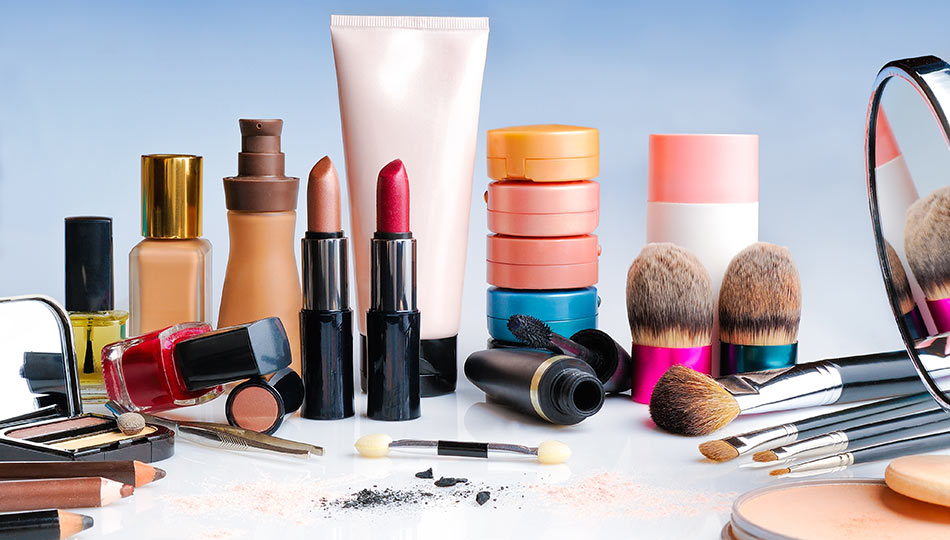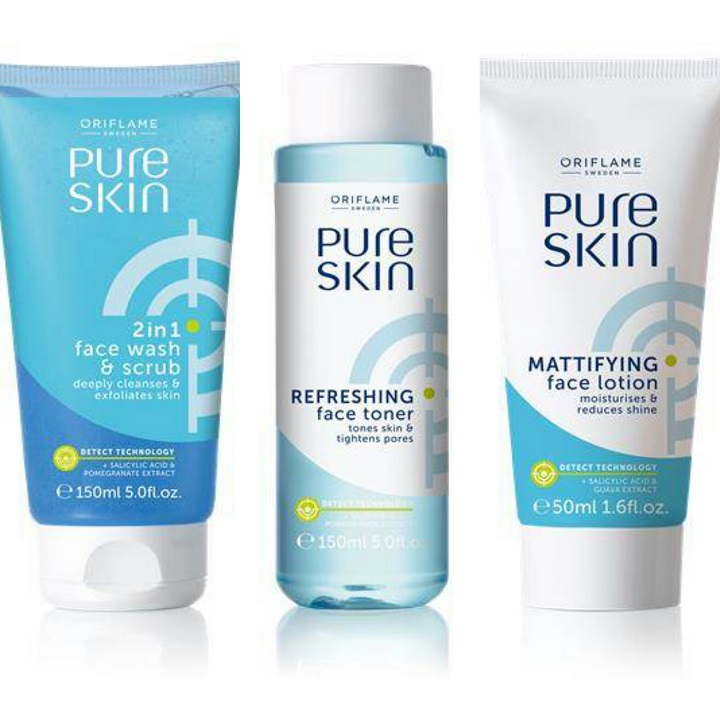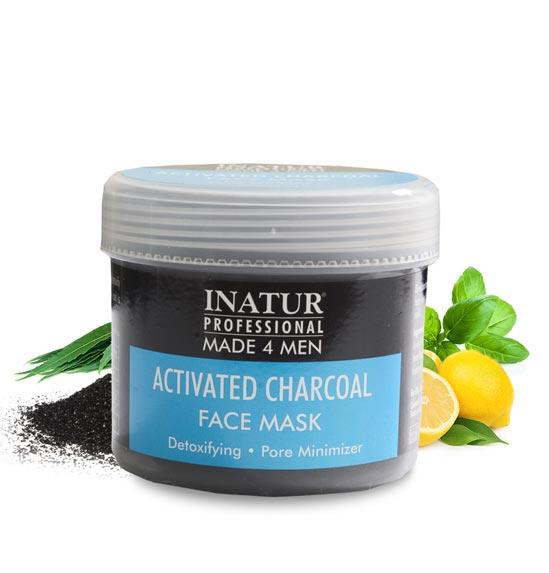Beauty products are in high demand these days. While they’ve actually been around for thousands of years, they weren’t widely used in the beginning. It wasn’t until the early 1900s that cosmetics began to gain steam in the United States. Over the last 100 years, though, their use has reached new heights. Last year alone, beauty products sales reached nearly 50 billion dollars in America, and they’re expected to continue on an upward trend during the years to come. As more products are introduced to the market, sales could even surpass previous projections.

Are Cosmetics Safe?
Even during the early days of cosmetics, certain questionable ingredients were used. Just over 100 years ago, ladies used sheep fat and blood as fingernail polish. Roughly 700 years ago, women were smearing egg whites on their faces to make them look younger. In the process, they were clogging their pores and cutting off crucial airflow to their skin. Arsenic was once used in lipstick.
These days, beauty product testing helps keep potentially dangerous products off of store shelves and unhealthy notions out of people’s minds. Still, it’s important to raise awareness about some of the harmful ingredients that could be lurking in modern-day cosmetics and the regulations that apply to them.
Impurities Can Come from Several Sources
Even today, with all the knowledge and modern technology humanity possesses, certain trace impurities are still found in beauty products. Some of them come from tainted natural resources. Others come from contaminants in synthetic ingredients. Certain impurities come into play while beauty products are in storage whereas others can enter the mix during the shipping and handling processes.
Trace Impurities Are Considered Acceptable in Some Situations
Though most countries have placed strict regulations on the amounts of contaminants that are permitted in cosmetics, certain levels are still considered acceptable. According to regulations, some impurities are unavoidable even with good processing and manufacturing practices in play. Of course, some would argue that appropriate cautionary measures weren’t really followed if contamination is still present.
Heavy Metals Are a Primary Concern
Heavy metals are the most prevalent impurities in beauty products. Granted, some types of metals are necessary in certain products. For example, deodorant doesn’t work very well if it doesn’t contain a specific form of aluminum. Natural variations are available, but they don’t provide the same level of odor protection, and you’ll find yourself constantly reapplying them just to get somewhat desirable results.
Not all metals are essential or even healthy, though. Mercury is one of the most common and potentially dangerous. This and other heavy metals typically find their way into beauty products through various components that give them their colors. Amounts of mercury exceeding one part per million are considered unacceptable for beauty products in America. In Canada and Germany, the allowable concentration is three parts per million. These are certainly minimal amounts, but they’re there nonetheless.
Heavy metals like lead and chromium are often found in beauty products as well. Arsenic still appears on the radar from time to time, too. It can cause sore throats, nausea, skin rashes, and an array of other problems.
Overall
Cosmetics that are found on store shelves today are generally considered safe. That being said, they routinely contain impurities that most people would find undesirable and even disturbing. While there’s no way to completely eliminate all chances of contamination, regular, rigorous testing is the key to keeping them at a minimum.



